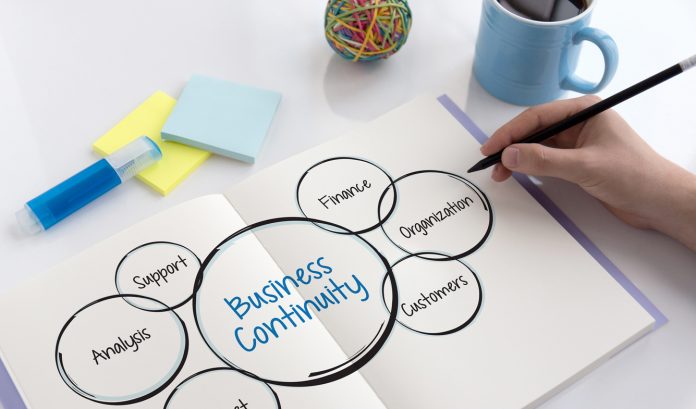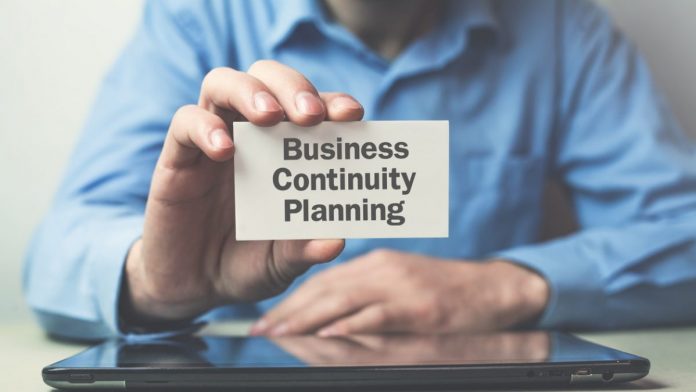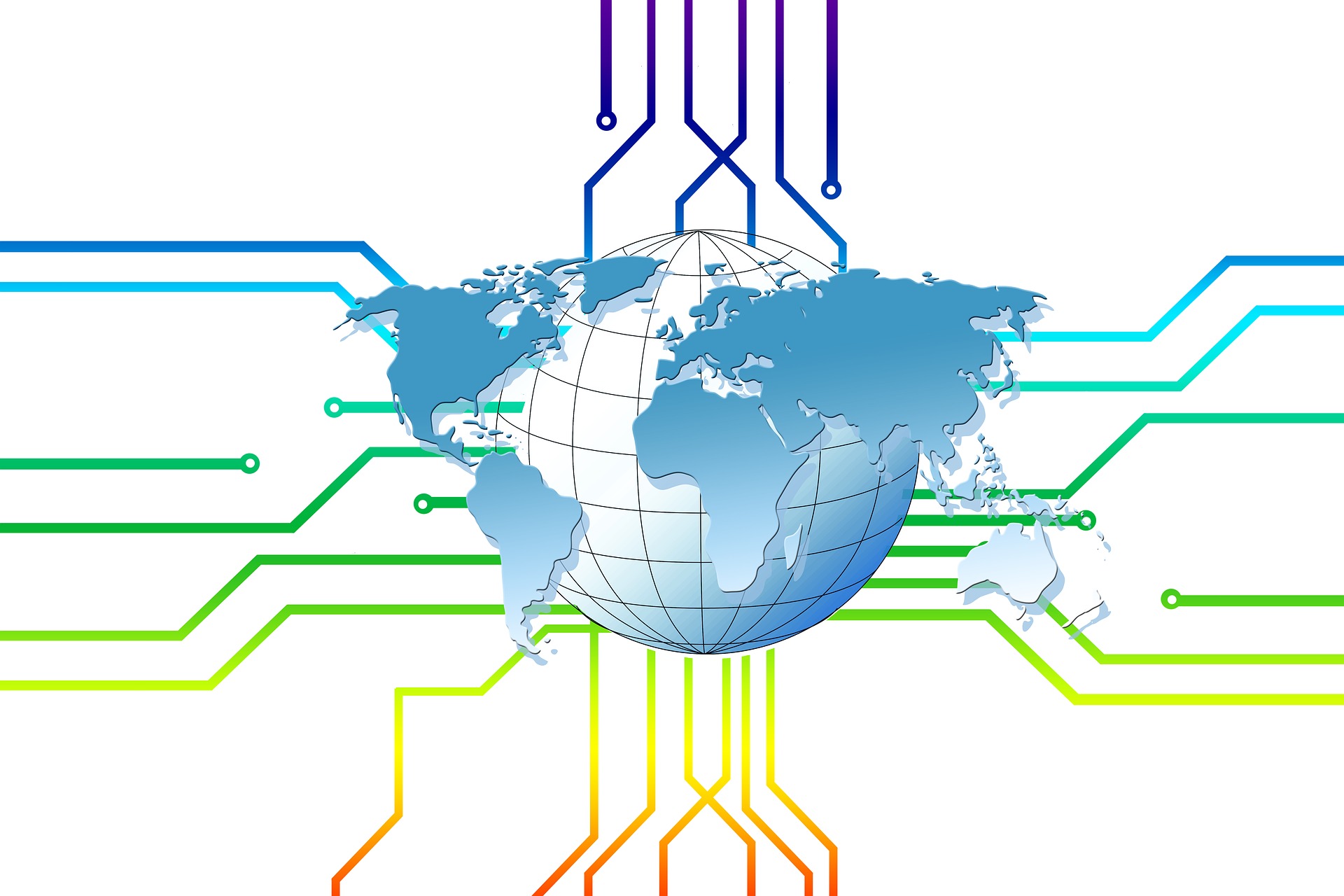5 Things to Remember When You’re Selling Business Continuity Solutions XaaSjournal.com December 3rd 2019
Learn all you can about your prospect and their needs, take a consultative approach, and then deliver what you promise.
The William Travis Group, Inc.
The William Travis Group delivers Disaster Recovery, Business Continuity and All-Risk Incident Management methodologies and solutions.
William T. Bedsole, President
Typically, business continuity solutions aren’t a managed services provider (MSP) or consultant’s easiest sale. Bill Bedsole, President of the William Travis Group, who has more than 30 years’ experience developing and providing business continuity solutions, says there are numerous things you need to keep in mind during prospecting and the sales process.
These five tips may be able to improve your conversion rate and lay the foundation for a successful relationship with your clients:
- Understand Who You’re Dealing With.
Bedsole says there are two types of clients: businesses that have certified business continuity managers and those that don’t.
Certified managers seem to gravitate toward packaged software solutions, capable of producing a vast number of graphical reports. Bedsole points out, however, that relying solely on a software application sometimes get in the way of meaningful planning and execution of a comprehensive solution.
In companies without a certified manager, the task of managing business continuity may have fallen to an untrained person who needs your help. That situation may be preferable since it sets the stage for you to create a unique solution and establish yourself as a business advisor.
Don’t be surprised to find both types of prospects in any verticals. “You would think companies that are most sensitive to outages would be planning, but that’s not necessarily true,” Bedsole says. “If they’ve never had an incident, business continuity planning may not be a priority.”
- Explain That Business Continuity Is More Than Disaster Recovery.
Your clients may not fully grasp the difference between a disaster recovery (DR) solution and a business continuity solution — and that’s not surprising since the industry doesn’t consistently draw those lines. Too many providers have limited their business continuity solutions and services to only IT infrastructure. Bedsole stresses, however, “The most important business continuity needs aren’t primarily infrastructure. Providers always need to look for creative ways to solve real business continuity needs.”
- Focus On A Consultative Selling Model Vs. A Traditional Selling Model.
You can’t build one business continuity offering and try to make it work for every one of your clients. Your team needs to do some fact-finding about a prospect’s operation and their unique challenges and needs, and explain how your MSP or consulting business can address them.
Bedsole points out that the size of the company isn’t always an indicator of what they’ll need — or what they’ll buy. “Business Continuity may be easier for small companies to address. You can put a few basic things in place that may be cost prohibitive for larger companies,” he says. “Small companies usually just aren’t focused on the need.”
- Most Companies Overestimate Their Business Continuity Needs.
Another thing to remember is that companies that are ready to address business continuity may tend to try to solve the problem by implementing every solution they can. “Sooner or later,” Bedsole comments, “they’ll realize they overbought — and they’ll remember who sold it to them.”
It’s wiser to start the process with a thorough and impartial needs assessment, so business continuity solutions align with the clients’ specific needs.
- The Solution Needs To Do What You Say It Does.
“A real solution is imperative,” Bedsole stresses. “The last thing you want is to provide a solution that didn’t live up to its reputation.” He says, fortunately, for many business continuity solution providers, many actual disasters are relatively easy to recover from, and solutions with basic capabilities are adequate, “but continuously evolving complexity and dependency on wide-spread resources is making recovery harder and harder.”
Business continuity takes broader thinking than just restoring data, workspace infrastructure and communications. It takes a holistic approach to planning and execution. Sell a solution that meets a business’ critical needs and allows it to continue to operate in the event of a disaster.
Then deliver what you promise.
XaaS Journal
5 Things to Remember When You’re Selling Business Continuity Solutions
April 29th 2019
By Jay McCall
A business continuity strategy includes identifying critical operations, putting solutions in place to maintain those operations in the event of a natural disaster or outage, and monitoring and maintaining those solutions. Organizations can opt to outsource this planning and solutions monitoring to a Business Continuity as a Service (BCaaS) provider.
Why It Matters To Your Customers
When business disruption occurs due to a natural disaster, utility outage, or other cause, it creates a wide range of problems that can lead to significant financial losses. Obviously, when operations stop, so do production and sales, but an outage can also mean added costs of getting equipment back on line, paying overtime to get back on schedule, recovering lost data, and customer make-goods.
Natural disasters can’t be prevented and often strike with little warning, but they aren’t the only reasons operations can come to a halt. Network or utility outage, cyberattack, hardware failures, and human error can result in business disruptions that can be just as damaging to a business’s bottom line.
Why Business Continuity Is An Opportunity
Few would dispute the importance of business continuity, but business may not have the in-house resources to manage it. You may encounter clients who instead have adopted a “head in the sand” position, deciding that the odds are against disaster striking. By offering a managed, budget-friendly Business Continuity as a Service solution, you can provide these businesses with a way to ensure operations can continue without putting a burden on in-house resources.
Design total solutions that begin by identifying critical operations and performing a risk analysis. Then, identify solutions that can ensure production and processes can continue and monitor operations and business continuity solutions to ensure everything remains operational. BCaaS is more than just backup and disaster recovery (BDR), although that is a vital part of a business continuity plan. The plan may also include cellular failover routers that enable communications and internet access when the network is unavailable and uninterruptible power supplies that provide emergency power when there is an outage. To provide your client with the best solution, you need a thorough understanding on the inner workings of their operations—which may reveal additional opportunities for solutions or services you can provide.







